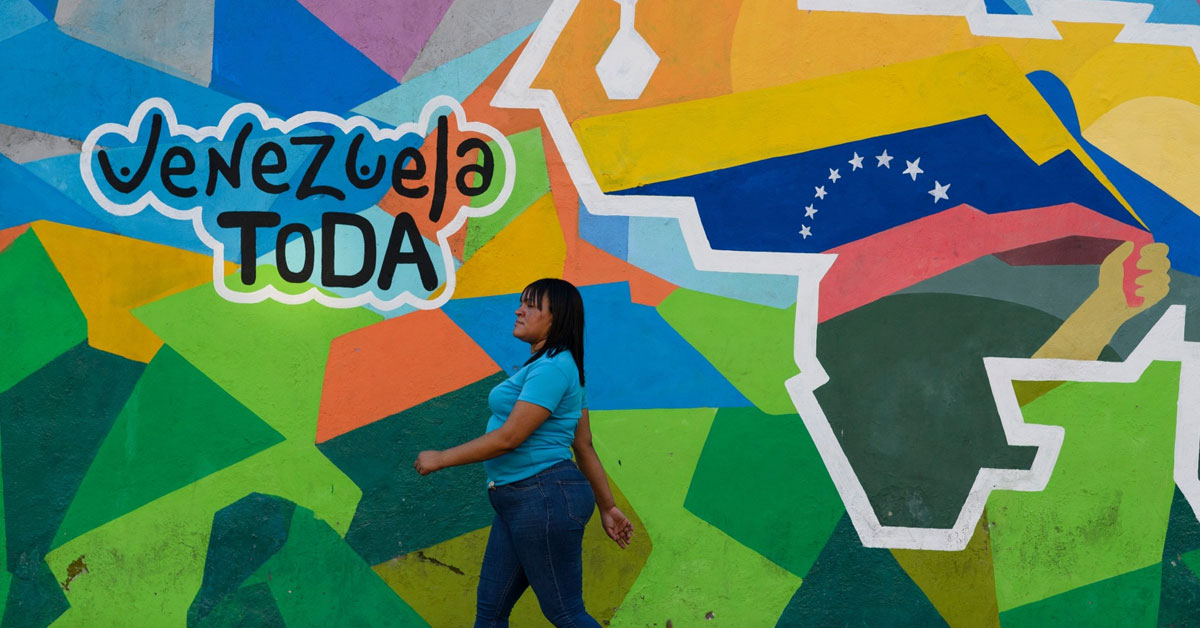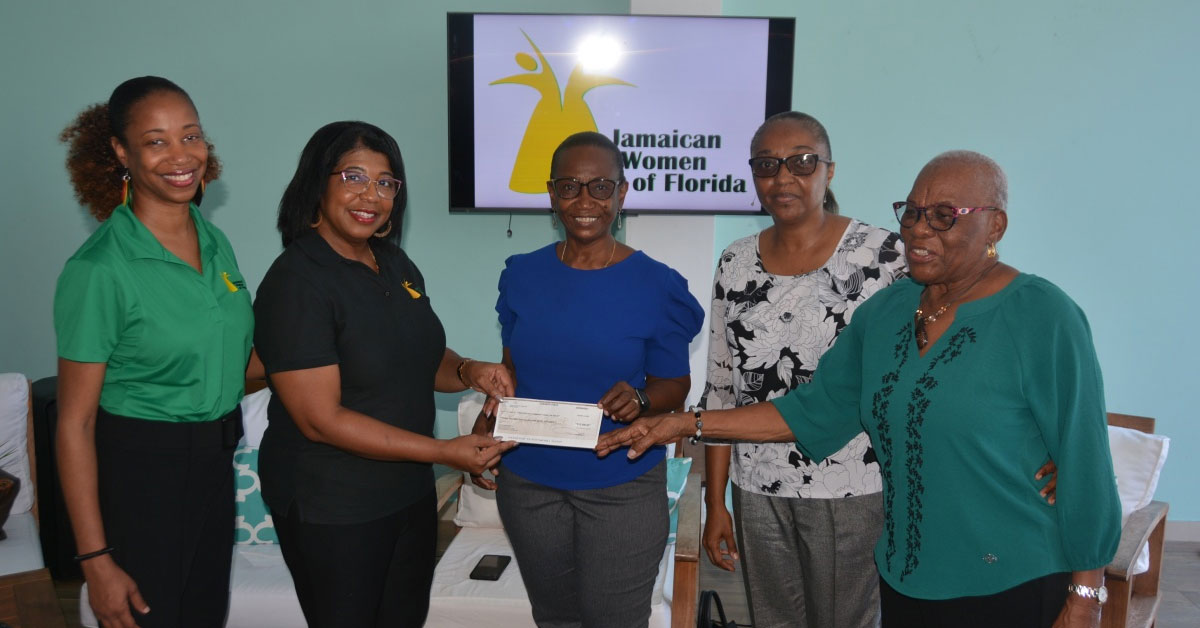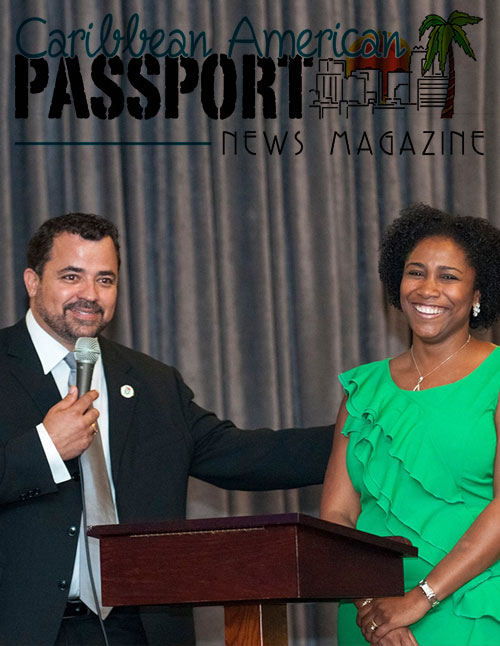Soca, like calypso and the steel pan, the national instrument of Trinidad & Tobago, developed from festivities associated with Trinidad's world-renowned pre-Lenten carnival. In the late 1700s, French settlers in Trinidad brought their costume ball traditions to the island; the West African slaves there were forbidden from participating. With the emancipation of slavery in 1834, freed Africans developed their own rituals and, over time, these practices produced` calypso, the steel pan and elaborate, colorful masquerading, called "playing mas," concentrated in the streets of Trinidad's capital Port of Spain during carnival's climax, the Monday and Tuesday preceding Ash Wednesday.
Throughout the carnival season, which roughly spans Dec. 26 through Ash Wednesday, artists from T&T and throughout the Caribbean release new soca, providing the various parties and competitions their high-energy soundtracks. Over the past half-century soca has, like anything else, evolved considerably, absorbing various influences including R&B and funk in the mid-'70s, disco in the late '70s and early '80s, hip-hop and dancehall reggae in the '90s, and electronic and Afrobeats through this century.


























